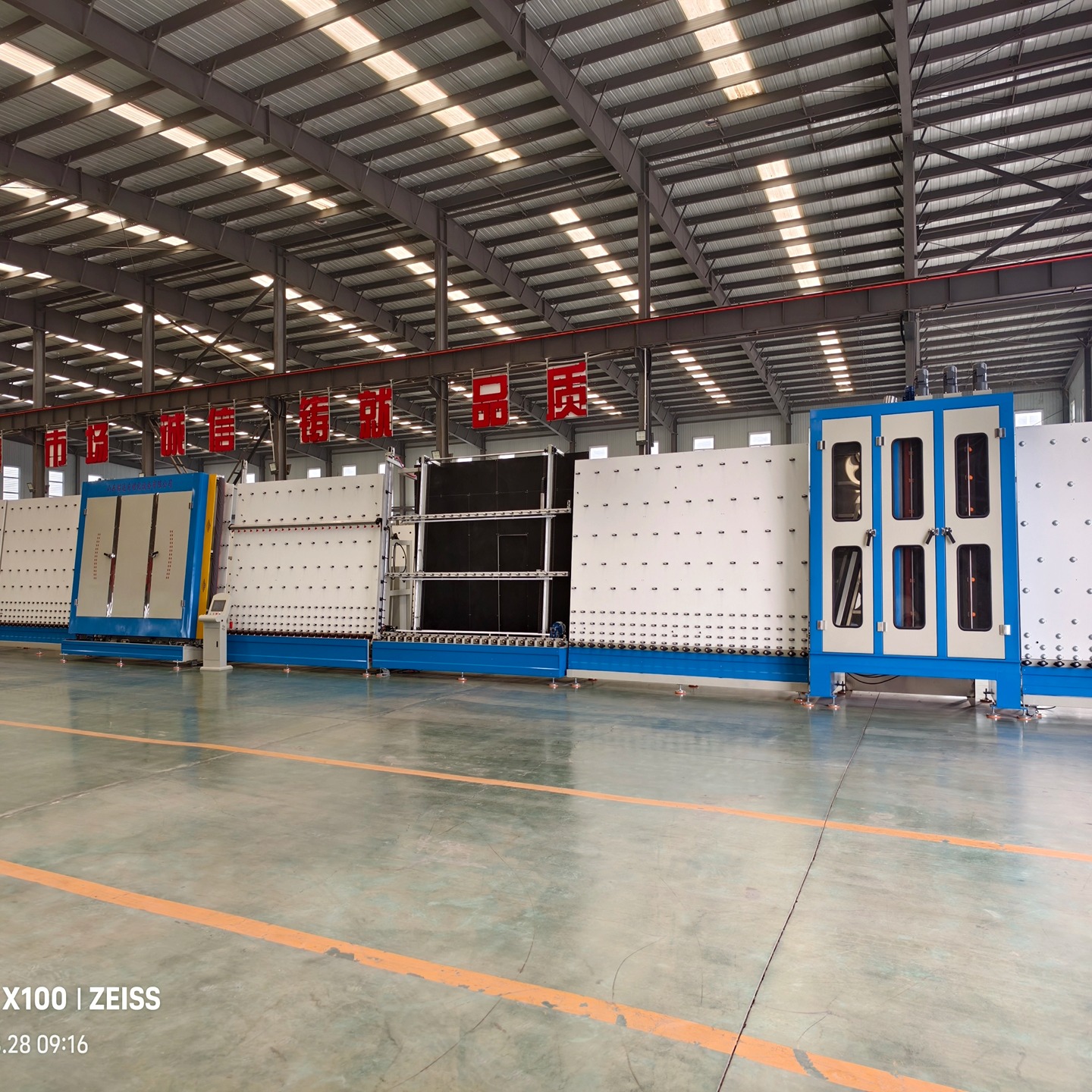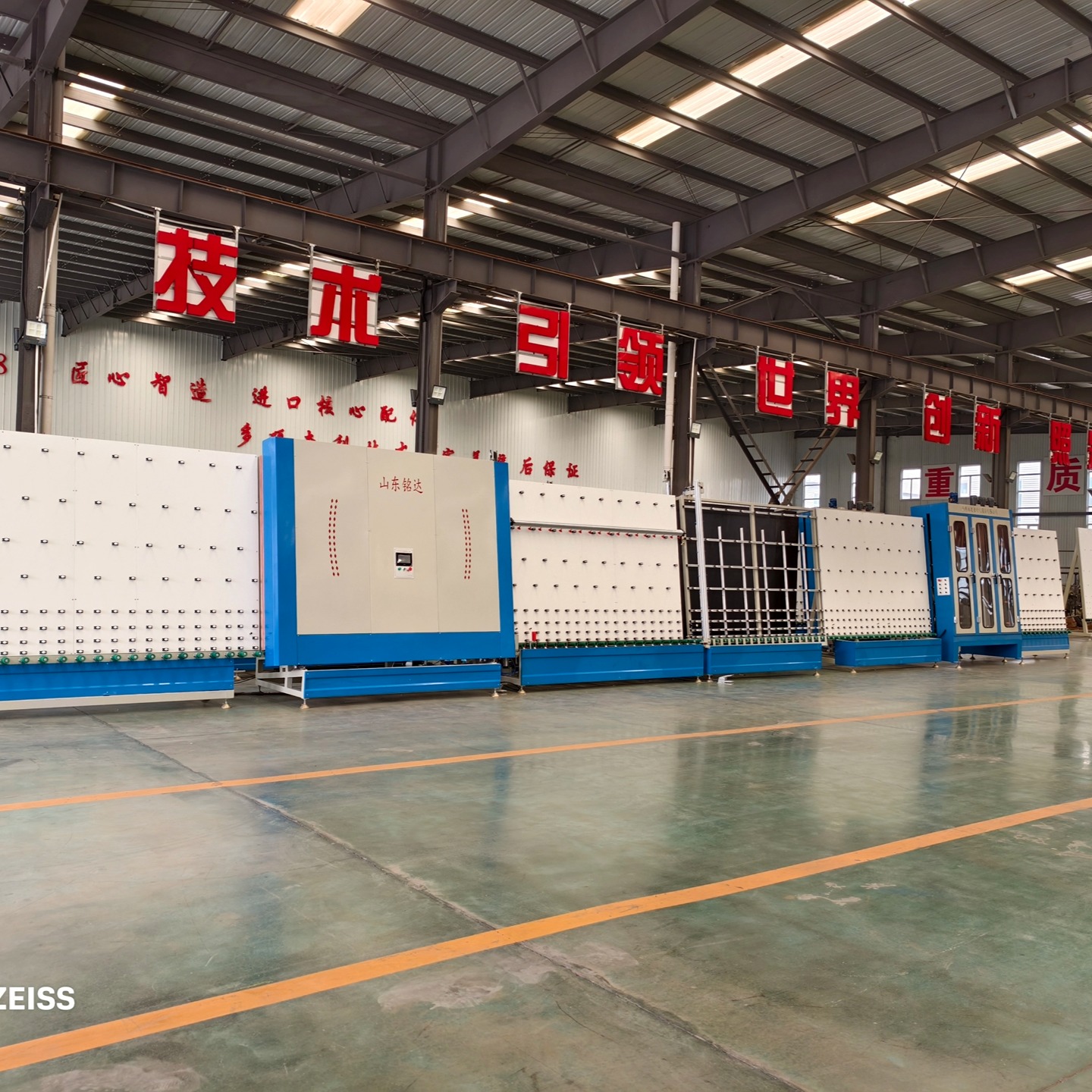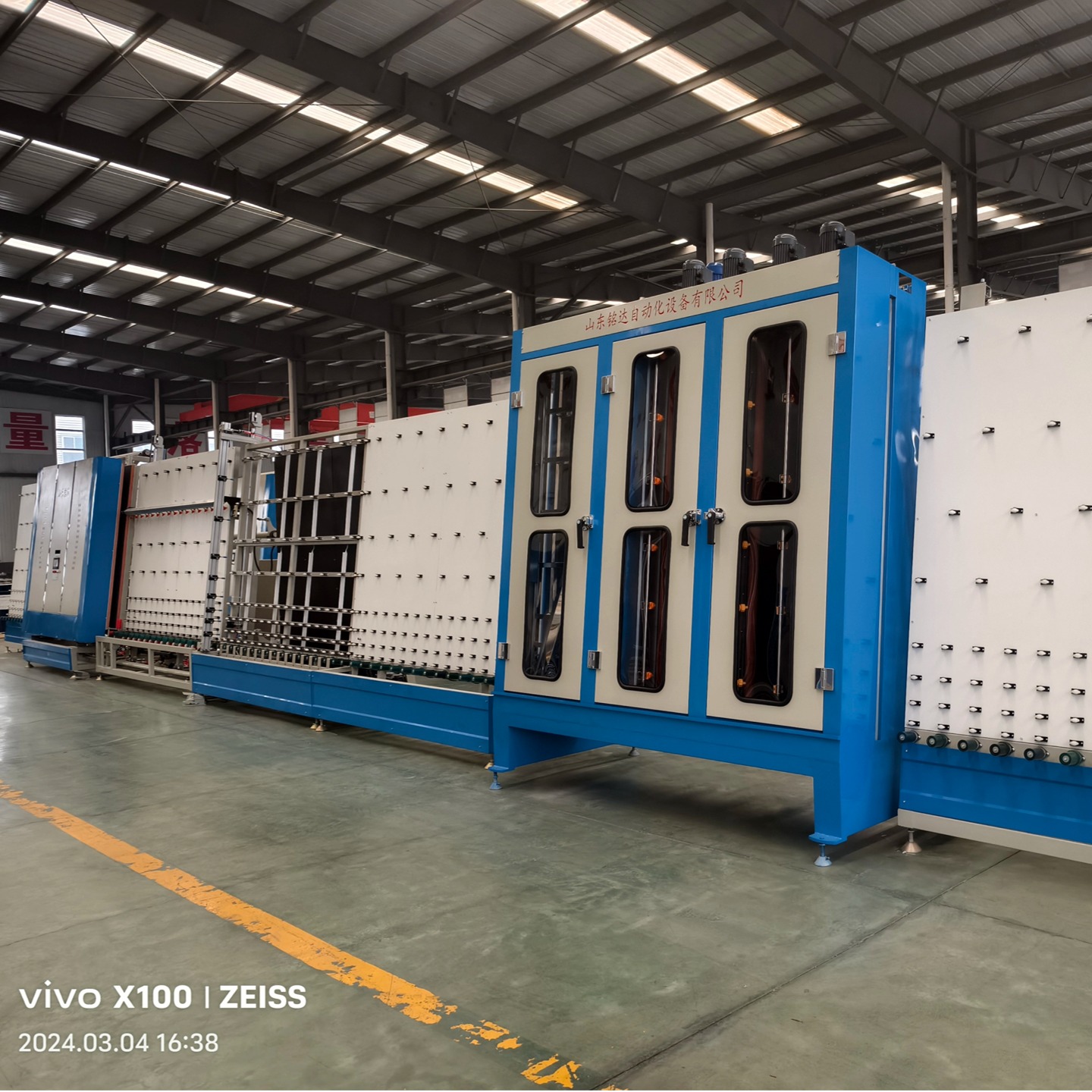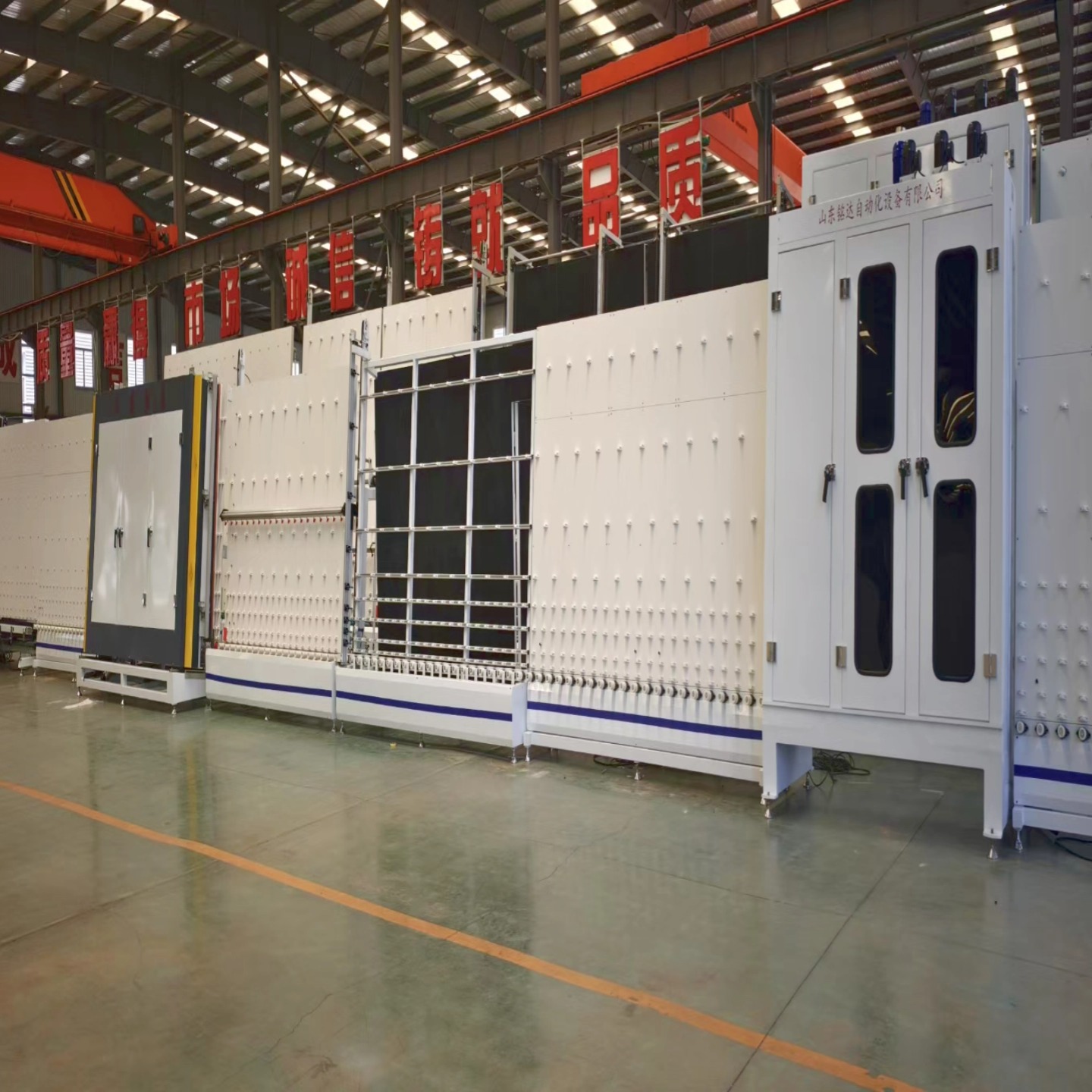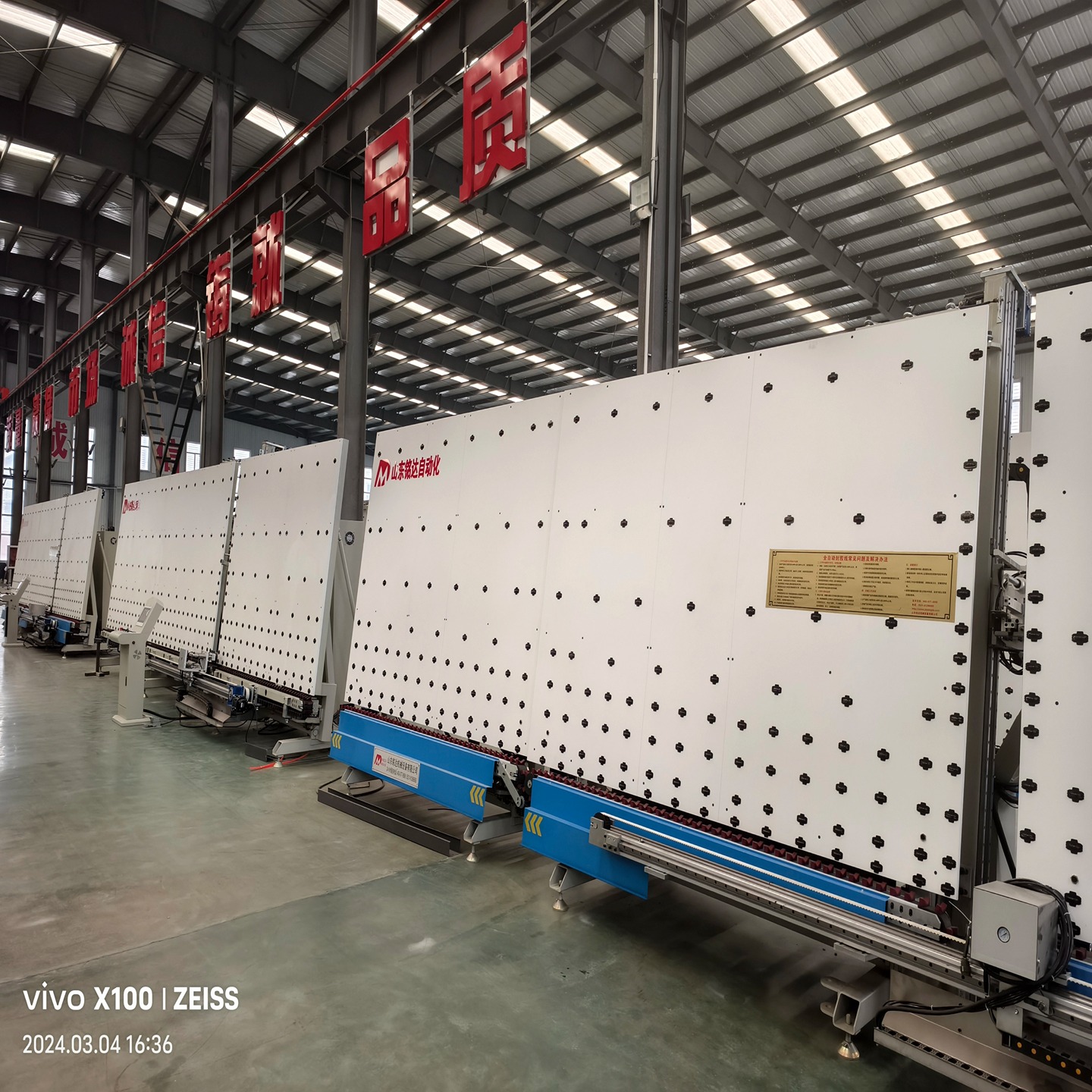Guarding the “lifeline” of efficient production
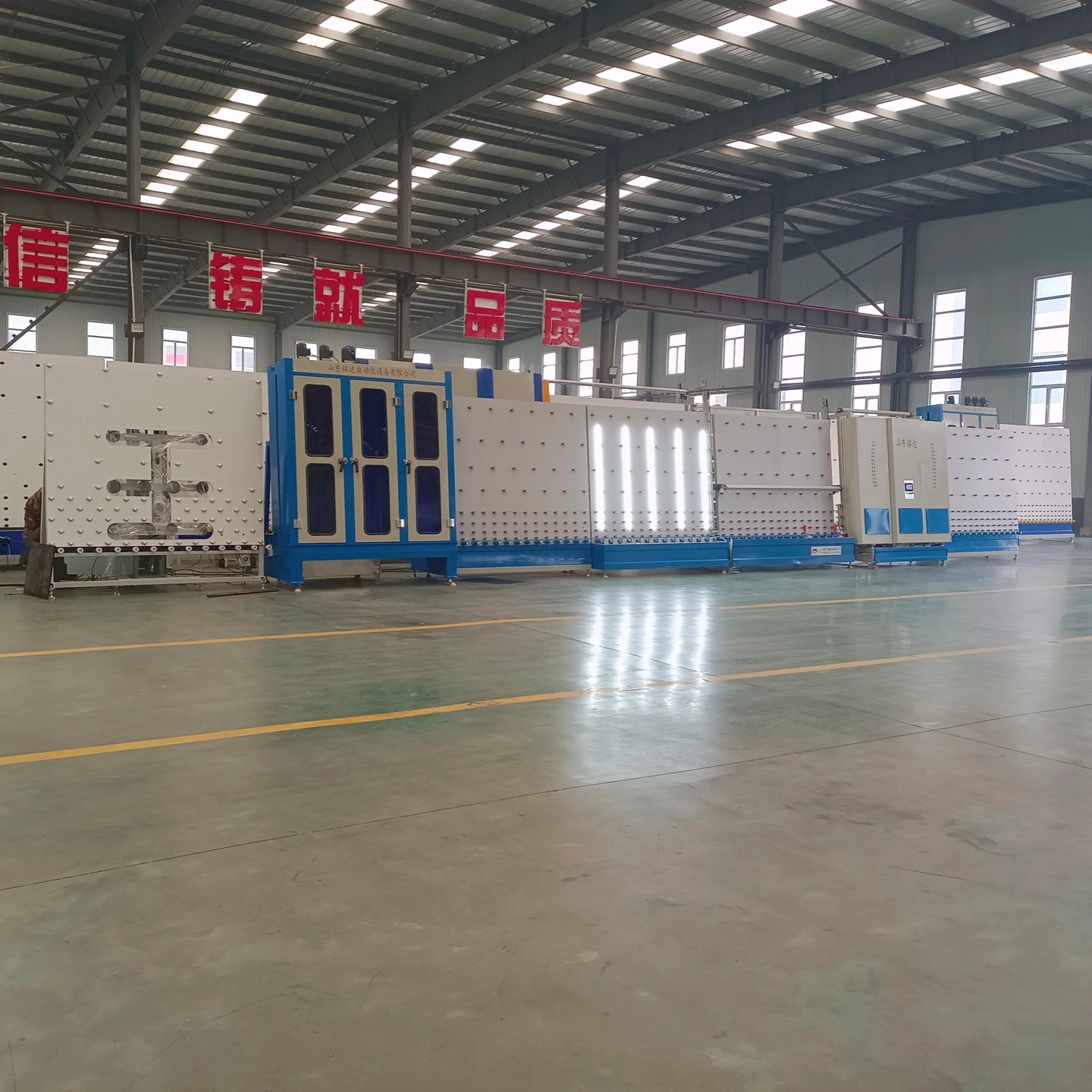
The insulating glass production line is a complex equipment system that integrates mechanical, electrical, pneumatic and thermal technologies. Its operating status is directly related to the quality of the insulating glass products, the production cost of the enterprise, and the final operating efficiency. As the old saying goes, "If a worker wants to do his job well, he must first sharpen his tools." A scientific and rigorous repair and maintenance system is the core foundation to ensure the continuous, stable and efficient operation of this production "lifeline". This article will systematically explain the key points and practical strategies for repair and maintenance of insulating glass production lines.
1.The core principle of maintenance: prevention first, combined with prevention and treatment
For the maintenance of production lines, we should not adopt the passive response mode of "repair after failure", but should establish the active management thinking of "prevent before problems occur". Its core logic can be divided into three levels:
1. Daily maintenance: completed by operators before and after each shift of production, mainly including equipment cleaning and key inspections. The purpose is to promptly detect signs of abnormalities in equipment operation and prevent small problems from turning into major failures.
2. Regular maintenance: Systematic maintenance carried out according to fixed cycles (such as weekly, monthly, yearly), covering equipment inspection, parameter adjustment, and replacement of wearing parts to ensure that the equipment is in the best condition for a long time.
3. Planned maintenance: Based on the cumulative operating time and actual working conditions of the equipment, preventive replacement and comprehensive overhaul of core components are carried out to reduce the probability of sudden failures from the root cause.
2.Key points for repair and maintenance of sub-modules
The following will focus on the major core modules of the insulating glass production line, detailing the maintenance focus and repair direction of each module to ensure accurate and efficient maintenance work.
1. Cleaning and drying system
The cleaning and drying system is the first step to ensure the sealing quality of insulating glass. It is also the most vulnerable part of the production line to be affected by pollutants and requires key maintenance.
Daily maintenance:
Empty the accumulated water: After each shift of production, thoroughly drain the remaining water in the water tank and water pipes to prevent algae from growing in the water body, or impurities in the water settling to block the pipes.
Clean the brush: Clean the glass debris, hair and other debris wrapped around the brush roller promptly to avoid affecting the cleaning effect.
Wipe the wiper blade: Wipe the wiper blade with a soft rag and check whether there are any chips on the edge of the blade to ensure that the wiper blade is wiped thoroughly.
Check the water quality: Confirm that the cleaning water is pure water or deionized water, and regularly monitor the conductivity of the water quality to avoid substandard water quality affecting the cleanliness of the glass.
Regular maintenance (weekly/monthly):
Replacement of brushes: According to the actual frequency of use of the brush, replace the worn brush roller regularly to ensure the cleaning power of the brush on the glass surface.
Check/replace the wiper blade: Carefully check the degree of wear of the wiper blade. Once the wiping effect is found to be reduced, replace the wiper blade with a new one in time to ensure that the glass is dry and has no residue.
Clean the water tank and pipelines: Use special cleaning agents regularly to cycle clean the entire water system to completely remove scale and dirt in the water tanks and pipelines.
Check the air drying system: clean the filter at the fan air inlet to prevent dust blockage from affecting the wind; check whether the air knife outlet is unobstructed to ensure that the wind is strong and stable during air drying.
Common faults and repairs:
Symptoms of fault: After the glass is cleaned, there are still stains remaining on the surface, or there are obvious water marks.
Maintenance method: Follow the above maintenance steps to troubleshoot the problem in reverse, focusing on checking whether the brush is worn, whether the wiper blade is intact, whether the water quality is up to standard, and whether the air-drying system is working properly.
2. Spacer bending/making system
The accuracy of the spacer bending/production system directly determines whether the insulating glass frame is square and whether the size meets the standard requirements, and has a significant impact on subsequent lamination and sealing.
Daily maintenance:
Clean the equipment table and feeding rollers, and promptly remove accumulated aluminum chips and other impurities to prevent impurities from affecting the feeding accuracy and bending effect of the spacer.
Check whether the air source pressure of the equipment remains stable. Abnormal air pressure may cause inaccurate component operation.
Regular maintenance (monthly/quarterly):
Lubrication maintenance: Add special lubricating oil to the moving parts such as the transmission screw and guide rails of the equipment to reduce component wear and ensure smooth operation.
Accuracy calibration: Regularly use a standard ruler to check the bending size of the spacer, and at the same time perform accuracy calibration of the photoelectric sensor and positioning baffle to ensure accurate positioning.
Wear inspection: Check key components such as the feed wheel and bending head for signs of wear. Once wear is found, replace the components in time to avoid affecting product accuracy.
Common faults and repairs:
Fault manifestations: The size of the spacer after bending does not meet the requirements, or the frame is not square or irregular in shape.
Maintenance method: Recalibrate the operating parameters and sensor accuracy of the equipment; check whether the feeding parts and bending parts are worn, and replace worn parts if necessary.
3. Glue and sealing system (the core of the core)
The glue coating and sealing system is the most technical module in the entire insulating glass production line. It is also the part that has the most direct impact on product quality and has the most stringent maintenance requirements.
(1) Butyl glue machine
daily maintenance: After the production work is completed, all the remaining butyl glue in the glue tank needs to be discharged to prevent the glue from solidifying after cooling and blocking the glue pipeline; if the machine is only shut down for a short time, the insulation of the glue tank must be maintained to ensure the fluidity of the glue.
Regular maintenance:
Clean the glue tank: Thoroughly clean the glue tank and screw regularly (such as once a week) to remove the carbonized butyl glue attached to the surface —— these burnt particles are the main cause of glue breakage and bubbles in the glue layer during subsequent glue coating.
Replace the glue nozzle: The butyl glue nozzle is a wearing part and needs to be replaced regularly to ensure that the glue output is regular in shape and evenly coated.
Check the heating system: Calibrate the accuracy of the heating thermostat to ensure that the temperature of each heating point in the glue tank is accurate and stable to avoid improper temperature affecting the performance of the glue.
(2) Two-component glue machine (polysulfide glue/silicone glue)
daily maintenance: before the end of each production shift, use special cleaning agent to circulate through the glue supply pump and mixer until the liquid is clear and has no traces of glue to prevent the glue from solidifying inside the pump body or mixer and clogging parts.
Regular maintenance:
Replacement of static mixer: The static mixer must be replaced after each shift of production or according to actual usage, and cannot be reused to avoid uneven mixing that affects the performance of the rubber compound.
Check the mixing ratio: Regularly use the "weighing method" to check the mixing ratio of the two components A and B. If the ratio is out of balance, the colloid will not solidify normally and affect the sealing effect.
Check the power pump: Carefully check the seals of the glue supply pump to see if there is oil leakage or air intake, and ensure that the pump body is well sealed and does not affect the glue supply pressure.
Clean and replace the glue nozzle: Keep the glue nozzle clean, regularly check the wear of the glue nozzle, and replace worn glue nozzles in a timely manner to ensure uniform glue dispensing.
(3) Common faults and repairs
Symptoms of faults: glue breaks during butyl glue coating and bubbles in the glue layer; the second sealant (polysulfide glue/silicone glue) is mixed unevenly, or the colloid cannot be cured.
Maintenance method: Comprehensively clean the glue tank, pipelines and glue nozzles of the butyl glue machine, check the temperature of the heating system; check the accuracy of the proportioning pump of the two-component glue machine, replace the static mixer with a new one, and troubleshoot the sealing problem of the pump body.
4. Transfer and tableting system
The conveying and sheeting system is responsible for the transportation of glass and the compaction after sheeting. Its operation stability directly affects the accuracy of glass sheeting and the quality of the finished product.
Daily maintenance: Clean the surface of all conveyor rollers, and check whether there are adhesive particles, impurities and other adherents on the roller conveyors to prevent the adhesives from causing glass conveying deviation.
Regular maintenance:
Check the level and synchronicity: Check whether each section of the conveyor roller is on the same level, and test whether the running speed of the roller is synchronized to avoid deviation of the glass due to horizontal deviation or unsynchronized speed.
Lubricate bearings: Add high-temperature lubricating oil to the bearings of all conveyor rollers to reduce bearing wear and extend service life.
Check the tableting device: Check whether the surface of the tableting roller or platen is flat and whether the pressure applied is uniform to prevent the glass from deforming due to uneven pressure, thereby producing "Newton rings".
Common faults and repairs:
Symptoms of fault: The glass is deflected during the transmission process, or the two pieces of glass are misaligned after being combined.
Maintenance method: Adjust the horizontal height and running speed of the conveyor rollers to ensure synchronization of each roller; clean the adhesive on the surface of the rollers; if the rollers are seriously worn, replace the rollers in time.
The repair and maintenance of the insulating glass production line is not a simple daily cleaning, but a systematic project that requires long-term persistence and meticulous implementation. The value of investing the necessary manpower and material resources to carry out preventive maintenance is far greater than repairing after a failure occurs - subsequent repairs will not only lead to production stagnation, but also increase the scrap rate and even trigger customer complaints. Therefore, enterprises need to focus on cultivating operators' maintenance awareness, establish standardized maintenance procedures, and strictly supervise and implement them, so that this production "lifeline" can continue to operate stably and create stable and considerable economic benefits for the enterprise.
